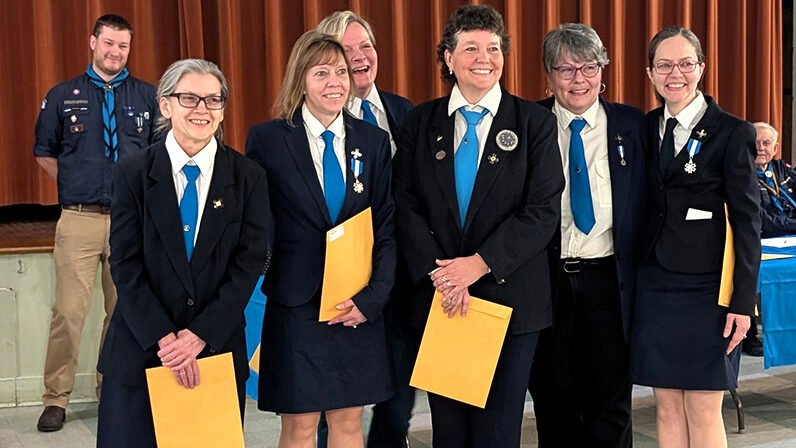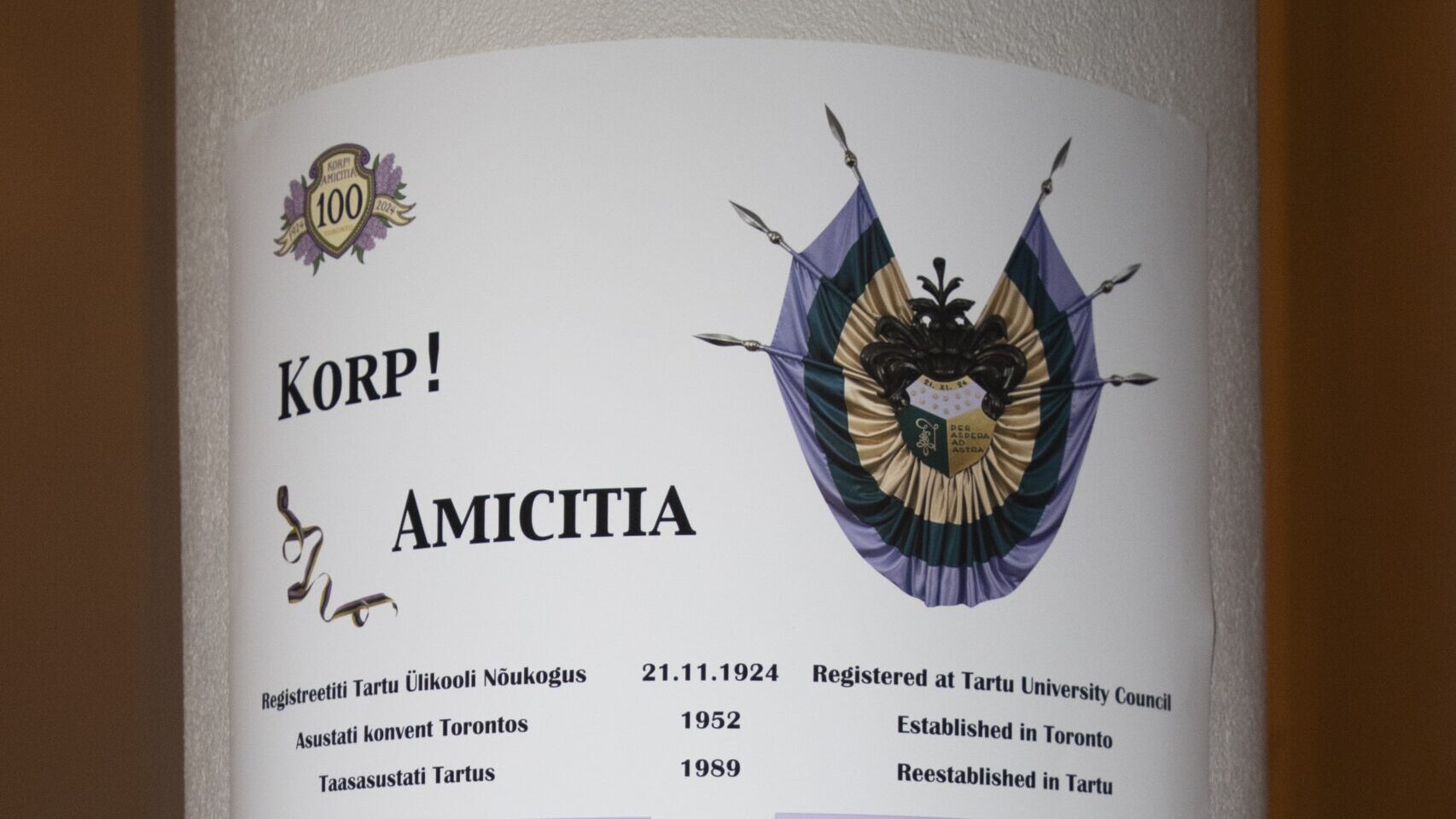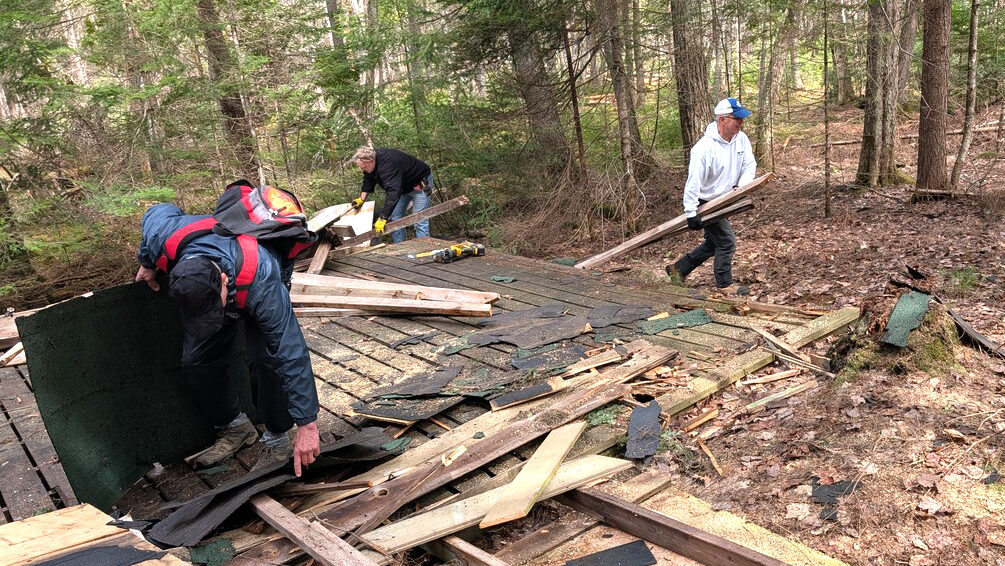It is with a great deal of dismay that I learned that the Executive of St. Peter’s Evangelical Lutheran Church has applied for an application to close the columbarium at the church. It is the first step in their plan to sell the church to a developer so it can be replaced by another high-rise, built for profit and not for the beauty of the city’s environment.
This church is far more than a significant piece of architecture in Toronto. It is a legacy and a memorial to a very significant figure in the Estonian diaspora in Toronto during the mid 20th century.
The legacy of Rev. Oskar Puhm:
Oskar Puhm came to Canada in 1948 and served as the minister of the Estonian Evangelical Lutheran Church in Toronto from 1948 to 1982. The cornerstone for St.Peter’s Church was laid in March of 1955 and the church was consecrated in September 1955. Mayor Nathan Philips of Toronto took part in the ceremony.
Oskar Puhm was a prominent leader in the Estonian community in Toronto and he played an important role in maintaining and strengthening Estonian Culture and identity in Canada. He built the largest congregation outside of Estonia. When the church was commissioned and built, the congregation had over 4000 people. From 1950 hundreds of Torontonians have been baptized, confirmed and married in this church. It has been home to the Estonian School, to scouts and guides, choral groups, and seniors.
The church also has tremendous symbolic significance, much of it as a result of Rev. Oskar Puhm. On February 2, 1989, to the right of the main altar at a special ceremony, the church consecrated a “memorial altar” of granite and marble to veterans who are referred to as “the Finnish Boys”. This became the focal point for every independence day anniversary celebration in the church.
In 1942–43 with the war enveloping Estonia, Estonian students 18–21 years of age, to avoid conscription into the German army, chose a dangerous crossing of the Gulf of Finland and volunteered to fight in the Finnish army against the Russians. There were over 4000 volunteers of Estonian origin in the Finnish army. They were formed into a volunteer regiment called unit JR200. The regiment was instrumental in helping the Finns repel the invading Russian forces. They suffered many losses. The Finns along with the Estonians were able to fight the Russians to a stalemate. The Russians finally sued for peace and they reached a negotiated settlement. Rev. Oskar Puhm was part of this group of Estonian volunteers. He may have been the army chaplain for the regiment, but he served side by side with the volunteers in the regiment.
The volunteer regiment JR200 was disbanded in Aug, 1944. At the time, Estonia was under attack by overwhelming Russian forces on the Eastern front. Members of JR200 were given the option of staying in Finland or returning to Estonia to fight the Russians. 168 officers, 142 non-commissioned officers and 1422 soldiers volunteered to return to defend Estonia against the Russian army. When they returned, the population acknowledged them as “the Finnish boys”. They had indeed left as schoolboys but returned as battle-hardened combatants ready to defend their homeland.
On the Eastern front at a place known as the “Blue Hills” they faced the most brutal battle of the Second World War. Most did not make it. But they held off the overwhelming Russian forces for a month. This time allowed over 100,000 Estonians to escape to Sweden and other countries. Almost every Estonian family in Canada owes these “young men” a debt of gratitude. To desecrate their memorial in the church by tearing it down is unconscionable. Some of these veterans are now interred in the columbarium.
Pastor Oskar Puhm, who died in 1990, also wished to be interred in the columbarium that was part of his church. The “Finnish Boys” who survived the war built a vibrant veterans’ organization in Toronto. This helped to mask the physical wounds they suffered on the battlefront. But the impact of the horrors and the trauma they witnessed had an impact on their souls. Without exception, they chose not to open up those wounds to family or friends. Only Rev. Oskar Puhm had been there with them… he understood… he provided them with solace. They remained “his boys” until his death, on 28 March 1990. Oskar Puhm is interred with some of “his boys” in the columbarium of the church he built.
The “Finnish Boys” maintained their steadfast loyalty to each other with the lessons learned on the battle field in Finland… “no brother left behind”. It is the least we can offer to this giant of our community. He deserves to be left in peace with “his boys”.
Help us do the right thing. Please deny the request to close the columbarium.



